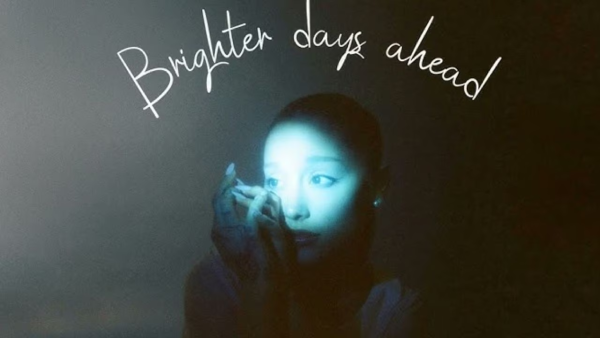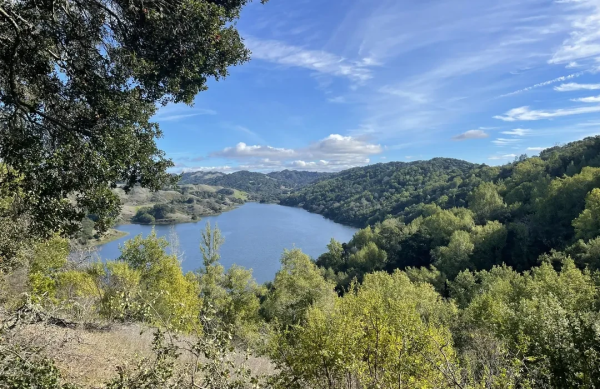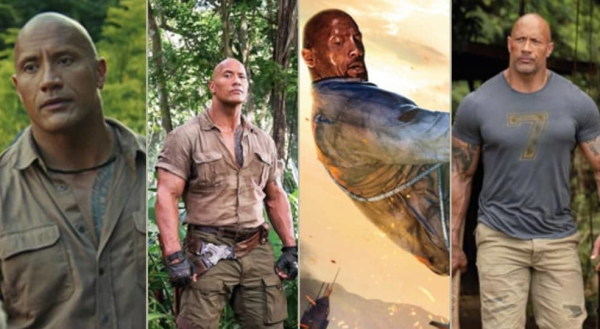Avatar: Plot vs. Aesthetic

Avatar: The Way of Water includes a whole new side of Pandora; one that is underwater. In the film, Britain Dalton’s character Lo’ak made an unlikely friend with a tulkun, a whale-like creature.
James Cameron’s film Avatar: The Way of Water, the first of four planned sequels to Avatar, has been given the title of highest-grossing film of 2022, earning numerous nominations such as Best Picture for the 95th Academy Awards. The film has received overall positive feedback from critics as well as the public regarding its visuals, however other aspects of the film are being criticized.
With new technology that has become available in recent years, animated movies are able to reach their full potential; looking incredibly realistic and visually appealing. Avatar: The Way of Water is a film that displays these qualities, gaining attention around the country.
Although the film’s visual beauty allows viewers to become completely immersed in this different world, the overarching plot is lazy and predictable; practically re-used from the first Avatar.
When the first Avatar film came out in 2009, science fiction fans all around the world were incredibly excited to see the movie. People fell in love with these ten foot tall blue aliens, an peculiarity no one could have predicted.
The visuals in Avatar had such a large impact on the public because the new technology used was unlike anything anyone had ever seen before. The characters were computer-generated as well as filmed in real time allowing the scenes to capture minute expressions and movements done by the actors.
Generating nearly $3 billion in ticket sales, Avatar became the highest-grossing film of all time, remaining at #1 to this day.
Avatar: The Way of Water was released in the United States on December 16, 2022. With high expectations, millions of Avatar fans swarmed to theaters, making Avatar: The Way of Water so far the seventh highest-grossing film of all time.
With a budget of $350-460 million and even newer technology, the visual effects further improved. Crystal clear shots of a blue ocean and wide scenes of thick forests live up to the original movie’s stunning visuals.
Despite the phenomenal animation and out of this world setting, the movie itself lacked structure and consistency.
The movie was over three hours long, a little excessive given that many long scenes could have been cut out and the film would still have the same impact. The pace was extremely slow for a large chunk of the film; seemingly straight out of a National Geographic episode.
“Although it was a little predictable at parts, I thoroughly enjoyed it because of the visuals and characters,” said junior Ilana Punyansky.
Films like Avatar and its sequel are able to get away with a mediocre story and dialogue because the real storytelling comes from the visuals. From the Avatars themselves to the creatures inhabiting Pandora, visually intricate details strengthen the film’s soundness because those watching become fascinated.
Avatar: The Way of Water’s average plotline is rightfully overlooked by the film’s breathtaking graphics and cinematic beauty. The world of Avatar was and still is groundbreaking in the film industry, expected to hold a special place in the box office as well as our hearts.
Millions of people are already excited to buy a ticket for the next Avatar film, expected to be released in 2024.

Emma Hedican is a junior at Monte Vista. She hopes to contribute to the supportive environment in her...






